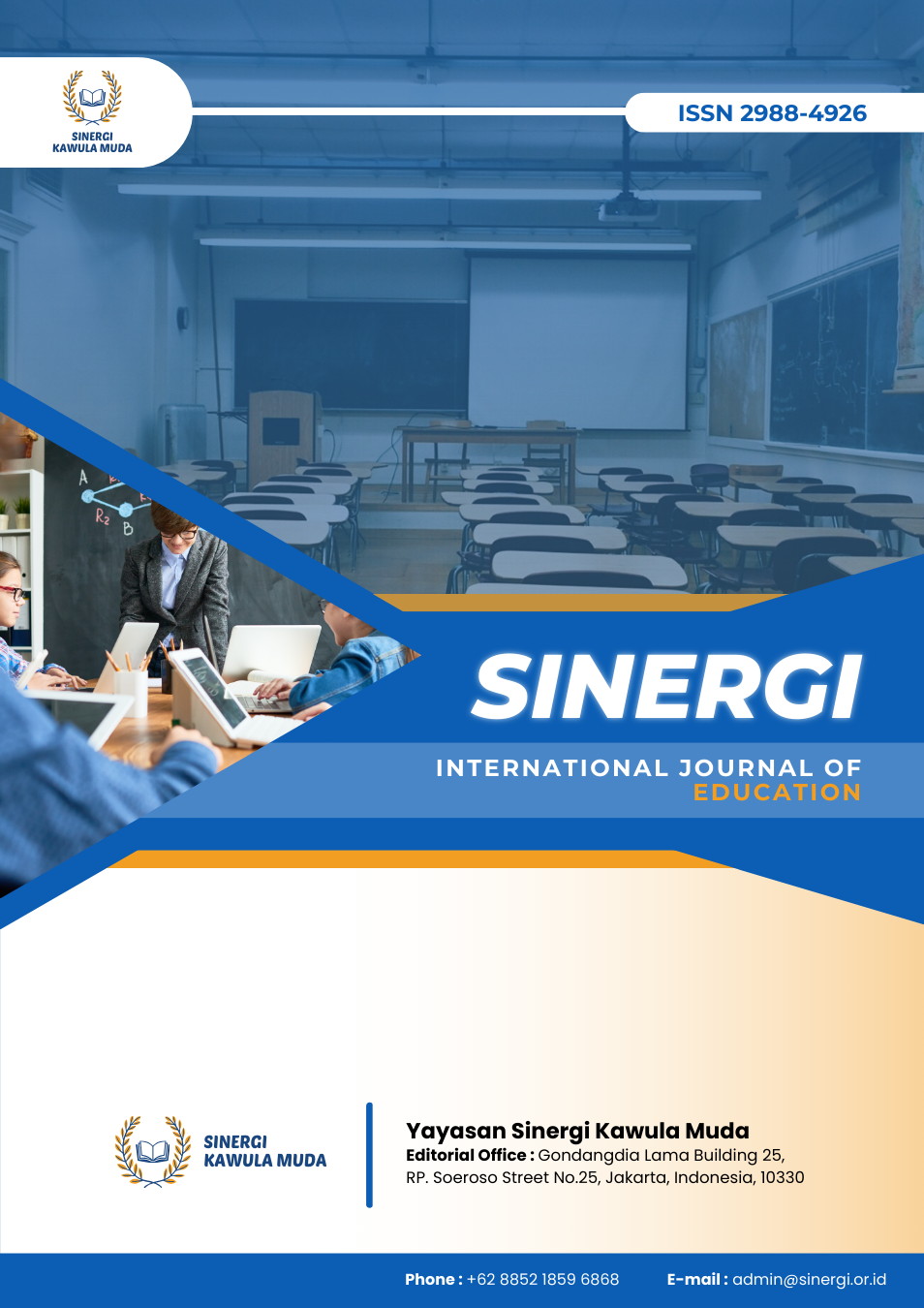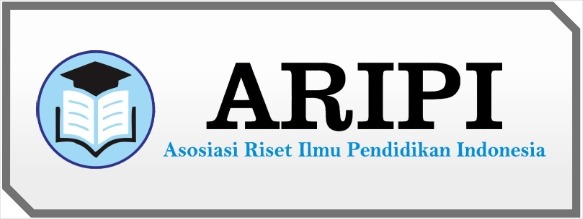The Role of Teacher Training and Policy in Advancing Inclusive Education
DOI:
https://doi.org/10.61194/education.v2i1.571Keywords:
Inclusive Education, Teacher Training, Education Policy, Special Needs Education, Curriculum Adaptation, Educational Equity, Socio-Economic FactorsAbstract
This study examines the impact of teacher training and policy frameworks on the effectiveness of inclusive education through a systematic review of peer-reviewed literature. This study systematically reviews existing literature on inclusive education, examining key challenges, effective strategies, and policy implications. The review analyzed 68 peer-reviewed studies published between 2014 and 2024, selected from Scopus, Google Scholar, and PubMed. Inclusion criteria focused on studies addressing teacher preparedness, curriculum adaptation, or policy impacts on inclusive education. Studies without empirical data or relevance to students with special needs were excluded. Findings indicate that well-trained educators, robust policy frameworks, and adequate funding significantly enhance the effectiveness of inclusive education. Additionally, international comparisons reveal that countries with structured inclusive education policies achieve higher success rates in implementation. However, challenges persist, including inconsistencies in policy execution, limited resources, and gaps in teacher preparedness. Addressing these issues requires targeted interventions such as enhanced teacher training programs, increased funding, and greater collaboration among stakeholders. This study emphasizes the need for continued research on the long-term impacts of inclusive education and cross-cultural analyses to refine best practices. By addressing these challenges through evidence-based strategies, inclusive education can play a crucial role in promoting equity, diversity, and academic success for all learners.
References
Averlid, G., & Høglund, J. S. (2020). The Operating Room as a Learning Arena: Nurse Anaesthetist and Student Nurse Anaesthetist Perceptions. Journal of Clinical Nursing, 29(9–10), 1673–1683. https://doi.org/10.1111/jocn.15227 DOI: https://doi.org/10.1111/jocn.15227
Brady, L., Wang, C., Griffiths, C., Yang, J., Markus, H. R., & Fryberg, S. A. (2024). A Leadership-Level Culture Cycle Intervention Changes Teachers’ Culturally Inclusive Beliefs and Practices. Proceedings of the National Academy of Sciences, 121(25). https://doi.org/10.1073/pnas.2322872121 DOI: https://doi.org/10.1073/pnas.2322872121
Brondani, M., Harjani, M., Siarkowski, M., Adeniyi, A., Butler, K., Dakelth, S., Maynard, R., Ross, K., O’Dwyer, C., & Donnelly, L. (2020). Community as the Teacher on Issues of Social Responsibility, Substance Use, and Queer Health in Dental Education. Plos One, 15(8), e0237327. https://doi.org/10.1371/journal.pone.0237327 DOI: https://doi.org/10.1371/journal.pone.0237327
Cameron, A., Hudson, K., Finch, E., Fleming, J., Lethlean, J., & McPhail, S. M. (2018). ‘I’ve Got to Get Something Out of It. And So Do They’: Experiences of People With Aphasia and University Students Participating in a Communication Partner Training Programme for Healthcare Professionals. International Journal of Language & Communication Disorders, 53(5), 919–928. https://doi.org/10.1111/1460-6984.12402 DOI: https://doi.org/10.1111/1460-6984.12402
Cooper, K. M., Haney, B. R., Krieg, A., & Brownell, S. E. (2017). What’s in a Name? The Importance of Students Perceiving That an Instructor Knows Their Names in a High-Enrollment Biology Classroom. Cbe—Life Sciences Education, 16(1), ar8. https://doi.org/10.1187/cbe.16-08-0265 DOI: https://doi.org/10.1187/cbe.16-08-0265
Delogu, F., Nelson, M., Timmons, S. C., Weinstein, M., Bhattacharya, B., Jaussen, P., Al-Hamando, M., Al-Azary, H., Anyaiwe, O. E. D., Appleby, L., Bukaita, W., Cartwright, C., Chung, C., Cleere, S., Cole, M. L., Collins, S. N., Faulkner, T. L., Glembocki, M. M., Harris, C., … Moore, H.-P. H. (2023). A Systemic Transformation of an Arts and Sciences Curriculum to Nurture Inclusive Excellence of All Students Through Course-Based Research Experiences. Frontiers in Education, 8. https://doi.org/10.3389/feduc.2023.1142572 DOI: https://doi.org/10.3389/feduc.2023.1142572
Detroyer, E., Dobbels, F., Teodorczuk, A., Deschodt, M., Depaifve, Y., Joosten, E., & Milisen, K. (2018). Effect of an Interactive E-Learning Tool for Delirium on Patient and Nursing Outcomes in a Geriatric Hospital Setting: Findings of a Before-After Study. BMC Geriatrics, 18(1). https://doi.org/10.1186/s12877-018-0715-5 DOI: https://doi.org/10.1186/s12877-018-0715-5
Huser, N., Hulswit, B., Koeller, D. R., & Yashar, B. M. (2022). Improving Gender‐affirming Care in Genetic Counseling: Using Educational Tools That Amplify Transgender and/or Gender Non‐binary Community Voices. Journal of Genetic Counseling, 31(5), 1102–1112. https://doi.org/10.1002/jgc4.1581 DOI: https://doi.org/10.1002/jgc4.1581
Lopez, C., & Corcoran, T. (2014). Relationships With Special Needs Students: Exploring Primary Teachers’ Descriptions. International Journal of Inclusive Education, 18(12), 1304–1320. https://doi.org/10.1080/13603116.2014.897385 DOI: https://doi.org/10.1080/13603116.2014.897385
Makie, V. V, Jooste, K., Mabuda, T. B., Bock, T., Lourens, G., As, M. v., & Chipps, J. (2021). Operational Nurse Managers’ Perceptions on the Competence of Community Service Nurses in Public Settings in the Western Cape. Curationis, 44(1). https://doi.org/10.4102/curationis.v44i1.2174 DOI: https://doi.org/10.4102/curationis.v44i1.2174
Manga, T., & Masuku, K. P. (2020). Challenges of Teaching the Deaf-Blind Learner in an Education Setting in Johannesburg: Experiences of Educators and Assistant Educators. South African Journal of Communication Disorders, 67(1). https://doi.org/10.4102/sajcd.v67i1.649 DOI: https://doi.org/10.4102/sajcd.v67i1.649
Méndez-Aguado, C., Trigueros, R., Aguilar-Parra, J. M., Gómez, N. N., Díaz-López, M. d. P., Campoy, J. M. F., Gázquez-Hernández, J., & Carrión, J. J. (2020). An Inclusive View of the Disability of Secondary School Students. International Journal of Environmental Research and Public Health, 17(23), 8922. https://doi.org/10.3390/ijerph17238922 DOI: https://doi.org/10.3390/ijerph17238922
Neville, R. D., Makopoulou, K., & Hopkins, W. G. (2019). Effect of an Inclusive Physical Education (IPE) Training Workshop on Trainee Teachers’ Self-Efficacy. Research Quarterly for Exercise and Sport, 91(1), 102–114. https://doi.org/10.1080/02701367.2019.1650877 DOI: https://doi.org/10.1080/02701367.2019.1650877
Perera, D. P., Withana, S., Mendis, K., Kasunjith, D. V. T., Jayathilaka, W. T. S., & Wickramasuriya, S. (2019). Evaluation of the Undergraduate Family Medicine Programme of Faculty of Medicine, University of Kelaniya: Quantitative and Qualitative Student Feedback. BMC Medical Education, 19(1). https://doi.org/10.1186/s12909-019-1882-6 DOI: https://doi.org/10.1186/s12909-019-1882-6
Rajaei, A., & Lattenhauer, T. (2024). Inclusion and Anti‐racism Work as Performance or Deep Work? It Literally Is Either‐or: A Qualitative Study in the CFT Field. Family Process, 63(2), 577–593. https://doi.org/10.1111/famp.12971 DOI: https://doi.org/10.1111/famp.12971
Ramluggun, P., Lacy, M. L., Cadle, M., & Anjoyeb, M. (2018). Managing the Demands of the Preregistration Mental Health Nursing Programme: The Views of Students With Mental Health Conditions. International Journal of Mental Health Nursing, 27(6), 1793–1804. https://doi.org/10.1111/inm.12486 DOI: https://doi.org/10.1111/inm.12486
Samadi, S. A., & McConkey, R. (2018). Perspectives on Inclusive Education of Preschool Children With Autism Spectrum Disorders and Other Developmental Disabilities in Iran. International Journal of Environmental Research and Public Health, 15(10), 2307. https://doi.org/10.3390/ijerph15102307 DOI: https://doi.org/10.3390/ijerph15102307
Sandvik, A., Eriksson, K., & Hilli, Y. (2014). Understanding and Becoming – The Heart of the Matter in Nurse Education. Scandinavian Journal of Caring Sciences, 29(1), 62–72. https://doi.org/10.1111/scs.12128 DOI: https://doi.org/10.1111/scs.12128
Sousa, L. B., Kenneally, C., Golumbic, Y., Martin, J. M., Preston, C., Rutledge, P. J., & Motion, A. (2024). Teacher Experiences and Understanding of Citizen Science in Australian Classrooms. Plos One, 19(11), e0312680. https://doi.org/10.1371/journal.pone.0312680 DOI: https://doi.org/10.1371/journal.pone.0312680
Sumner, E., Crane, L., & Hill, E. L. (2020). Examining Academic Confidence and Study Support Needs for University Students With Dyslexia and/or Developmental Coordination Disorder. Dyslexia, 27(1), 94–109. https://doi.org/10.1002/dys.1670 DOI: https://doi.org/10.1002/dys.1670
Trent, F., Dwiwardani, C., & Page, C. D. (2021). Factors Impacting the Retention of Students of Color in Graduate Programs: A Qualitative Study. Training and Education in Professional Psychology, 15(3), 219–229. https://doi.org/10.1037/tep0000319 DOI: https://doi.org/10.1037/tep0000319
Woodcock, S. (2020). Teachers’ Beliefs in Inclusive Education and the Attributional Responses Toward Students With and Without Specific Learning Difficulties. Dyslexia, 27(1), 110–125. https://doi.org/10.1002/dys.1651 DOI: https://doi.org/10.1002/dys.1651






